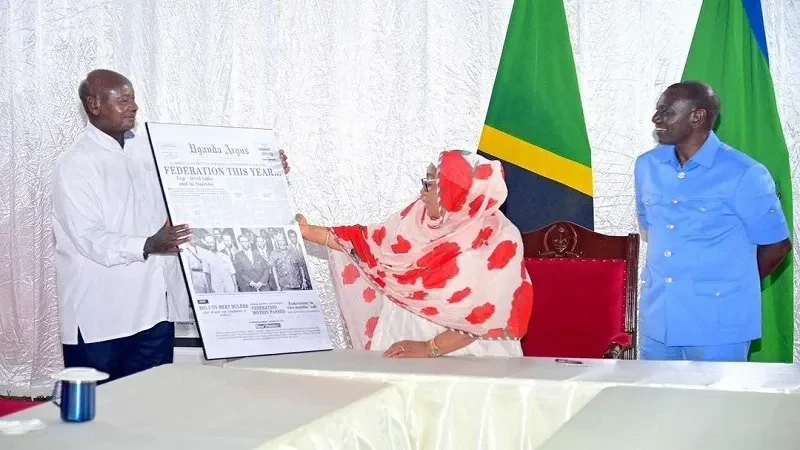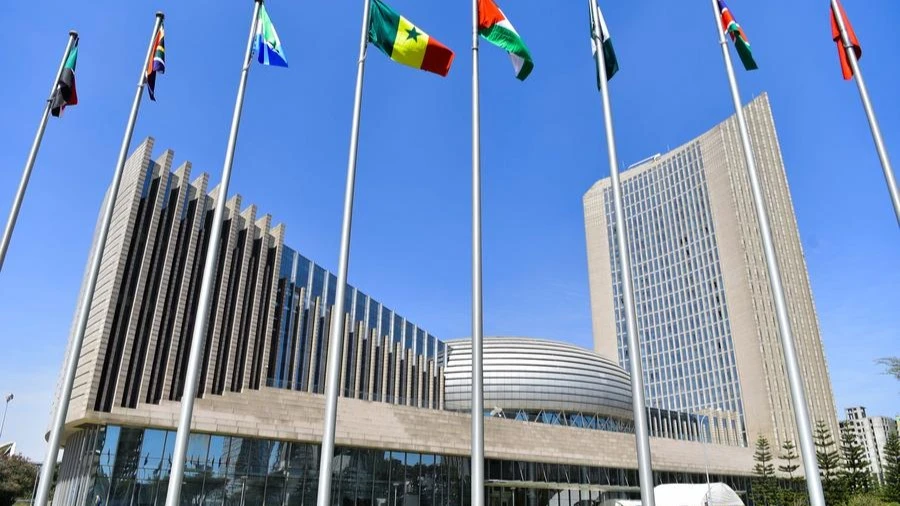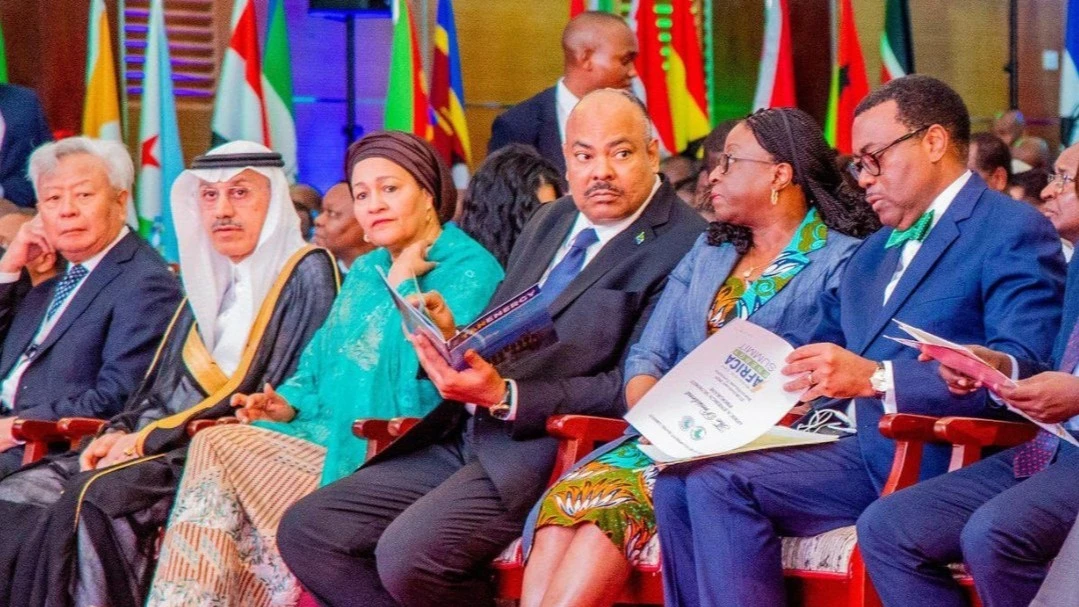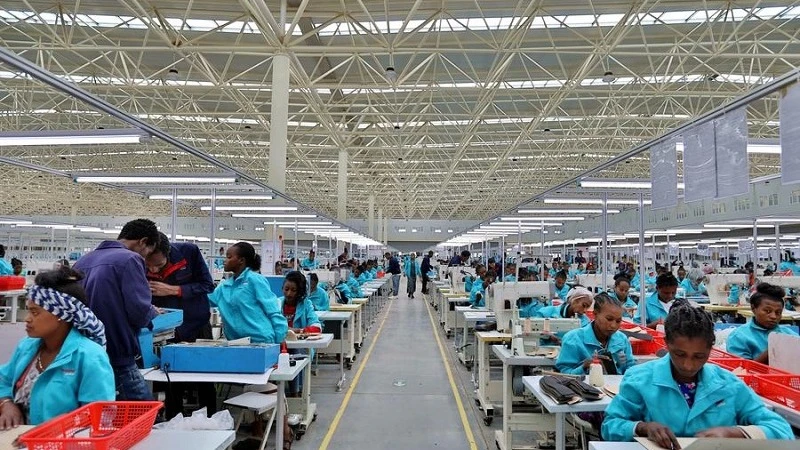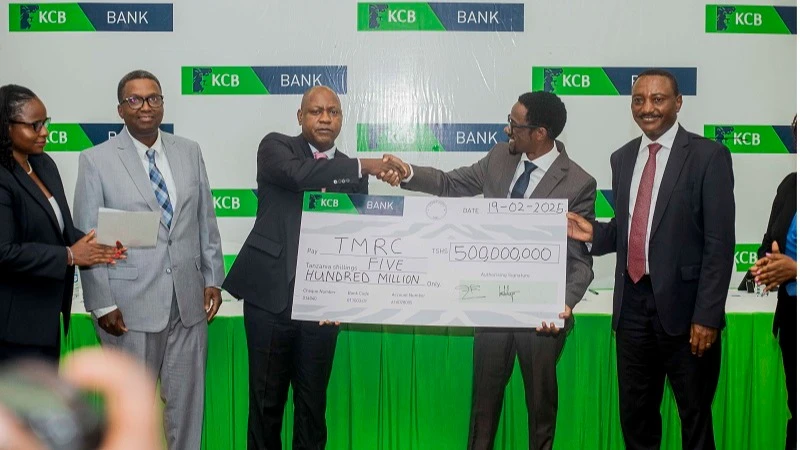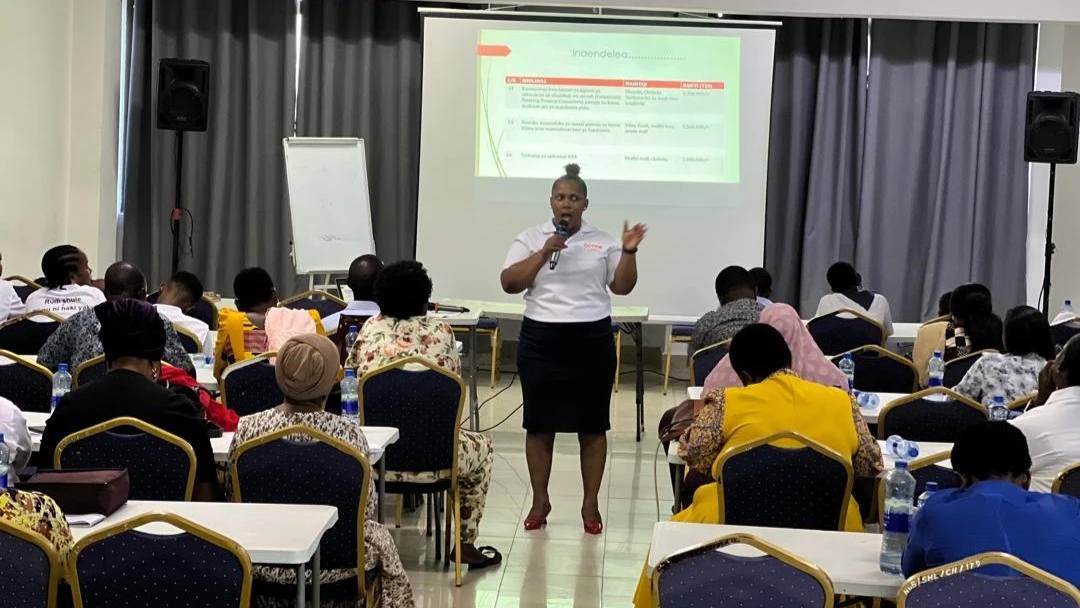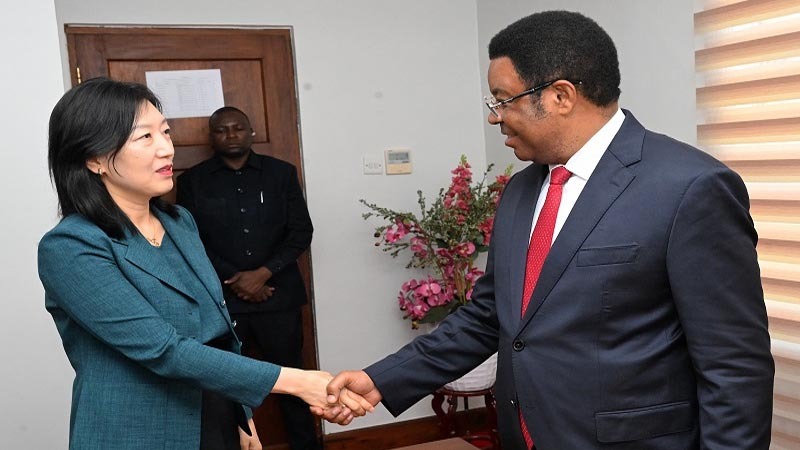Private sector credit growth slows in H1, 2024/2025
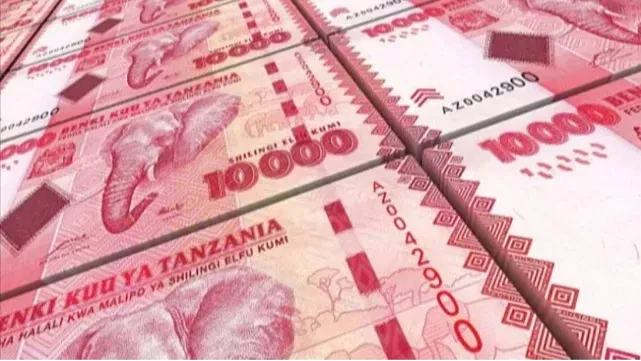
Private sector credit expanded strongly by 16.1 percent in the first half of 2024/25, albeit at a slower pace compared with 19.1 percent in the corresponding period of 2023/24.
The Bank of Tanzania (BoT) recent report says the slow pace of credit growth was in line with the monetary policy stance implemented to keep inflation low.
The ratio of private sector credit to GDP, an indicator of financial deepening, was 19.1 percent compared with 16.5 percent.
Personal loans, mostly extended to small and medium enterprises, continued to account for the largest share of the credit outstanding and the major driver of private sector credit growth.
Credit extended to agriculture increased largely owing to the demand for credit for crop purchase .
During the first half of 2024/25, interest rates on loans and deposits remained broadly the same as in the corresponding period in 2023/24.
The interest rate on loans averaged 16 percent, the negotiated lending rate was 13 percent .
The deposit rate was around 8 percent, while the negotiated deposit rate increased marginally to around 10 percent. Yields on Treasury bills trended upwards as investors preferred Treasury bonds of longer maturity.
Interest rates are expected to decline as the Government and the Bank implement reforms to address structural impediments to bank lending.
The measures includes monitoring the banks’ adherence to Bank of Tanzania Financial Consumer Protection Regulations (2019), enhancing availability of customers’ information through issuance of national identity cards and formalisation of residential addresses, and undertaking a broader strengthening reforms of the judicial and court system to fast track the settlement of disputes arising from loans defaults.
The growth of money supply and credit to the private sector remained robust. The extended broad money supply (M3) grew at 11.9 percent in the first half of 2024/25, compared to 15.5 percent in the corresponding period in 2023/24, driven mainly by private sector credit growth.
On the liability side, the growth of M3 was reflected by an increase in currency in circulation and foreign currency deposits.
Currency in circulation increased due to high demand for cash for purchasing crops following the bumper harvests of food and cash crops, while that of foreign currency deposits was mainly attributable to hedging behaviour arising from foreign exchange shortage.
Interest rates will continue to be market determined. The MPC will continue setting the CBR to influence the determination of interest rates in the interbank market. The Bank will continue undertaking reforms in the financial sector to complement Government efforts in ensuring the appropriate determination of interest rates. In implementing the reforms, the Bank will continue engaging stakeholders in the financial sector to ensure consumer protection, increased financial literacy, and improved financial inclusion.
The exchange rate will also remain to be market-determined. The exchange rate will remain flexible to limit the impact of external shocks on the economy and improve market efficiency. Participation of the Bank in the interbank foreign exchange market will be in accordance with the Foreign Exchange Intervention Policy.
In addition, the Bank of Tanzania will continue to maintain adequate foreign reserves as a buffer against external shocks and ensure that banks adhere to market norms as enshrined in the IFEM Code of Conduct.
Top Headlines
© 2025 IPPMEDIA.COM. ALL RIGHTS RESERVED









